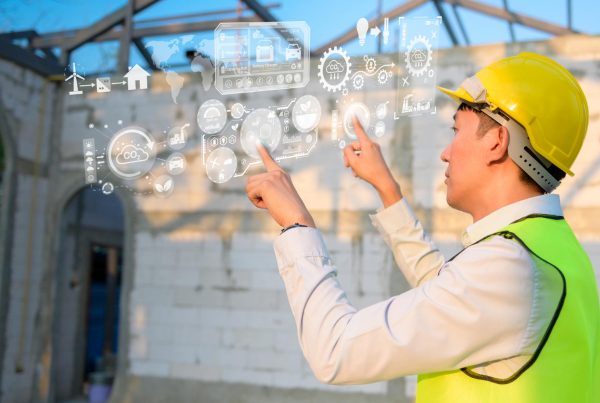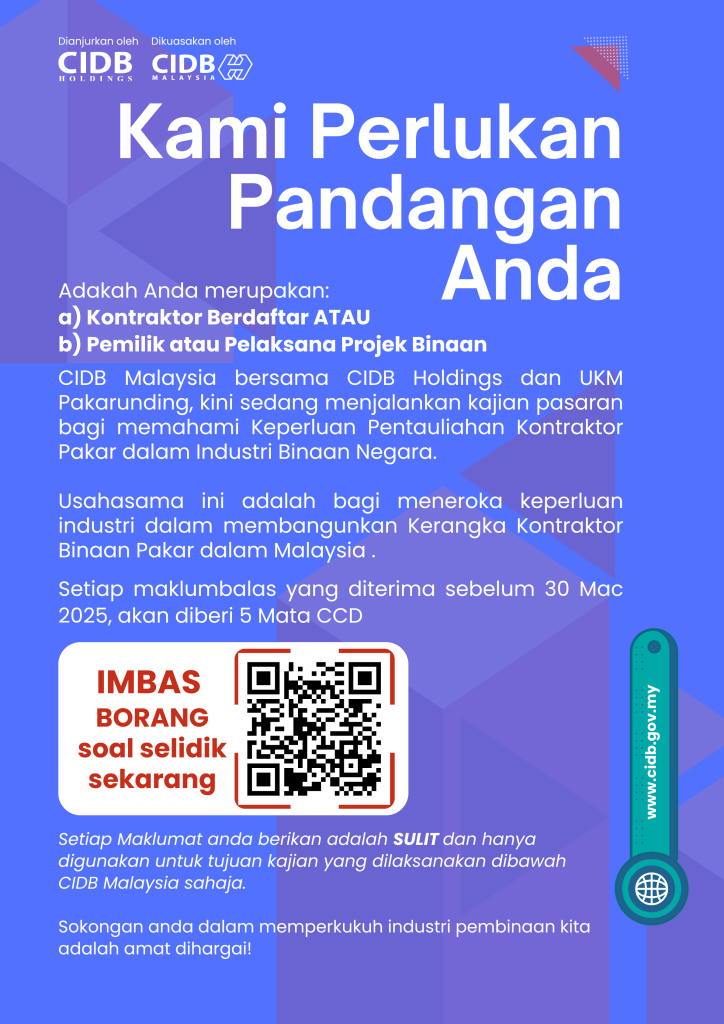
In an era where environmental consciousness is paramount, Artificial Intelligence (AI) has emerged as a driving force behind sustainable construction practices.
One of the key areas where AI makes a substantial impact in sustainable construction is enhancing energy efficiency. Smart building management systems powered by AI continuously monitor and optimise energy consumption. These systems consider occupancy patterns, weather forecasts, and real-time energy pricing to regulate heating, cooling, lighting, and other energy-consuming processes. By dynamically adjusting energy usage, AI-driven systems significantly reduce energy wastage, resulting in lower utility bills and a reduced carbon footprint.
AI also plays a pivotal role in minimising construction waste and resource management. Machine learning algorithms analyse historical project data to predict material requirements accurately. This foresight allows construction companies to procure suitable materials, eliminating over-ordering and waste. Additionally, AI-driven robots and drones assist in waste sorting and recycling on construction sites, ensuring that valuable resources are not squandered in landfills.
Green Construction Practices
AI promotes the adoption of green construction methods by offering insights and recommendations for eco-friendly materials and designs. It assists architects and engineers in creating sustainable building designs that maximise natural light, improve insulation, and reduce energy consumption. Moreover, AI helps in the selection of environmentally friendly materials and construction techniques that align with sustainability goals, such as using recycled materials or renewable energy sources.
Further, AI can continuously monitor a building’s environmental performance. Sensors and IoT devices collect data on factors like indoor air quality, temperature, and humidity. AI algorithms analyse this data in real-time, making automatic adjustments to optimise comfort and energy usage. Building occupants benefit from healthier, more comfortable environments, while construction companies contribute to sustainability goals by reducing their ecological footprint.
Join us in our next article as we explore the transformative role of AI in Building Information Modeling (BIM) and 3D modelling, revolutionising the design and visualisation of construction projects.
Article 1: AI for Equipment and Fleet Management: Pioneering Efficiency and Rise of Autonomous Machinery
Article 3: Usage of AI in BIM and 3D Modeling: Revolutionising Design and Visualisation
Article 4: AI for Materials Management and Supply Chain: Revolutionising Procurement Efficiency
Article 5: Challenges and Future Trends in AI Adoption















